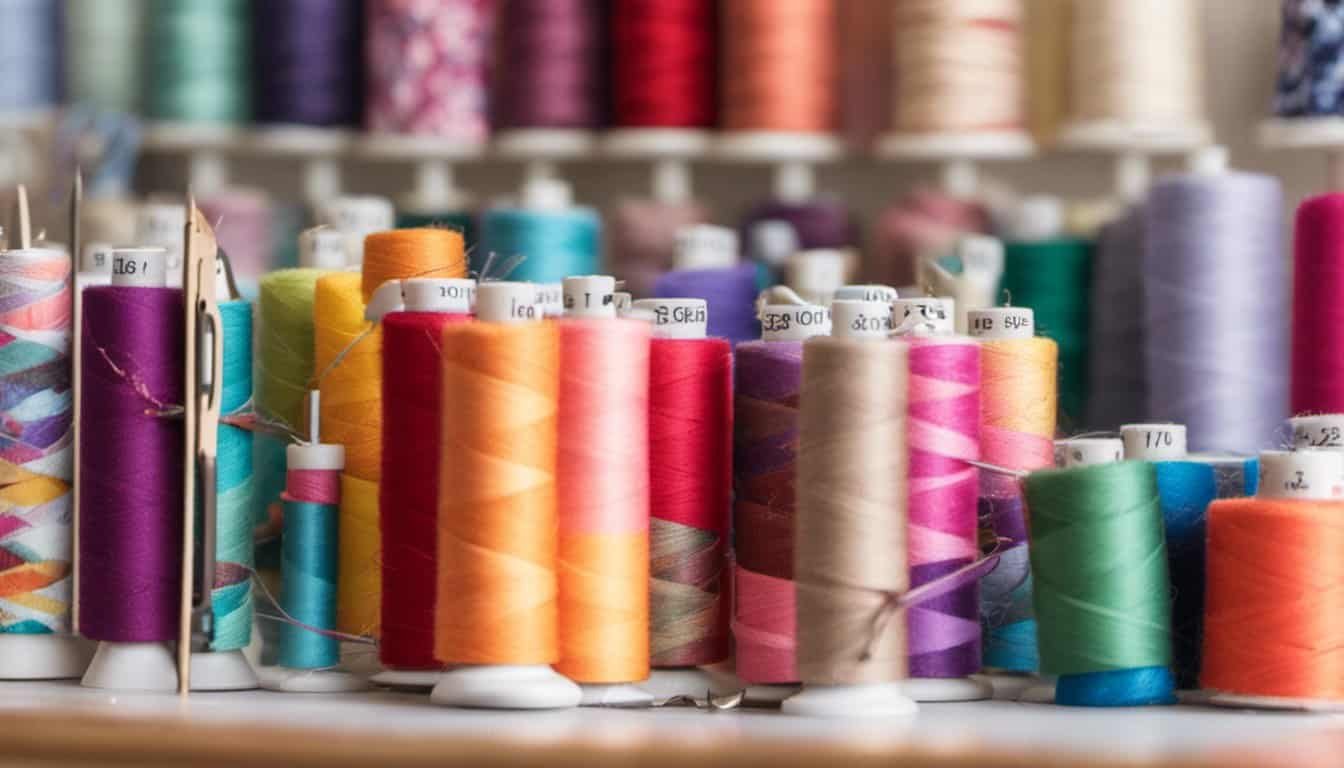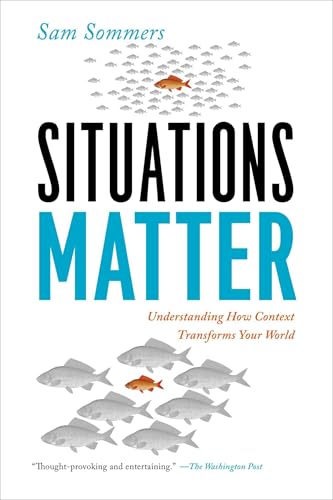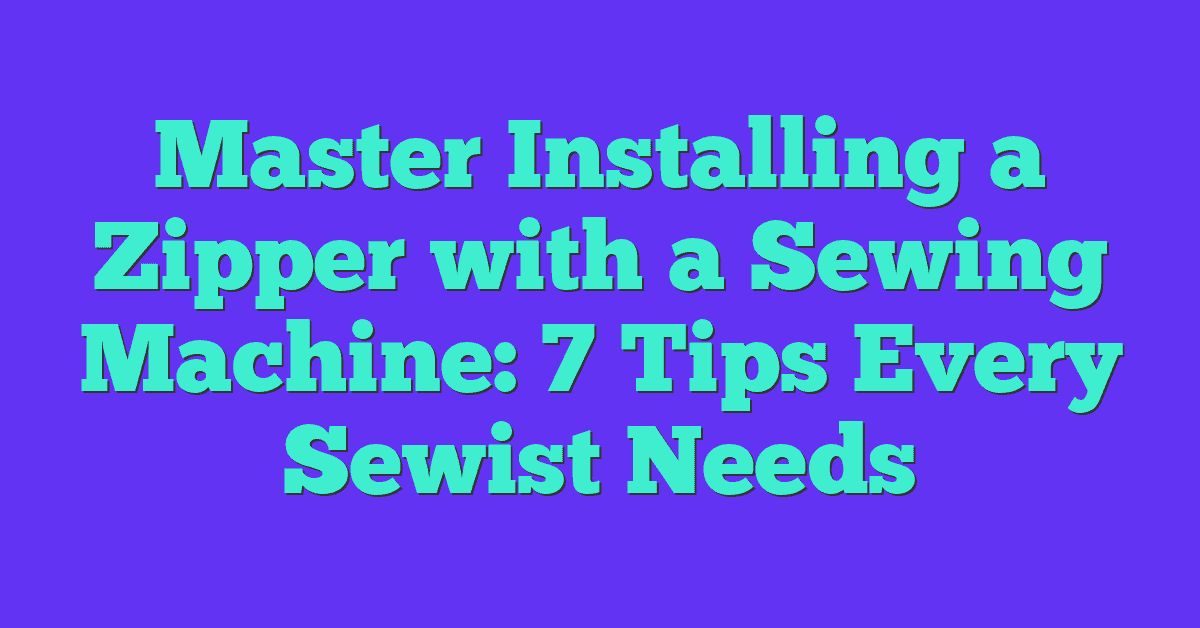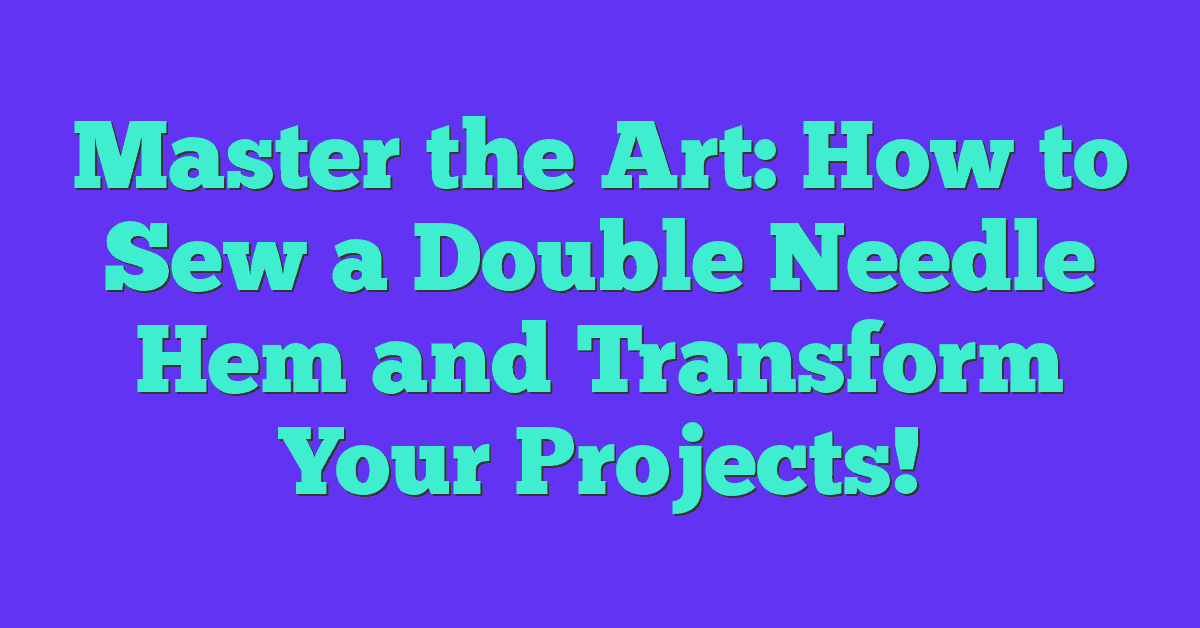Stepping into the world of sewing can be both exciting and a bit overwhelming. I remember the first time I tackled a welt seam—it felt like unlocking a secret to professional-quality finishes. Whether you’re a seasoned tailor or just starting out, mastering this technique can elevate your projects to the next level.
Understanding Welt Seams
A welt seam is a versatile stitching technique used to create clean, professional finishes on garments and home décor projects. Unlike basic seams, welt seams hide the raw edges, offering a polished appearance that’s ideal for visible areas.
Types of Welt Seams
- Piped Welt Seam: Incorporates a fabric trim to highlight the seam, adding a decorative element.
- Flat-Felled Welt Seam: Doubles the fabric edges for extra strength, perfect for durable items like jeans.
- French Welt Seam: Encases the raw edges within the seam, providing a sleek and subtle finish.
Applications of Welt Seams
Welt seams are suitable for various applications, including:
- Garment Construction: Enhances the look of shirts, trousers, and dresses by providing neat side seams.
- Home Décor: Ideal for pillow covers, curtains, and upholstered furniture, where a refined finish is desirable.
- Accessories: Adds sophistication to bags, hats, and other crafted items by ensuring hidden seams.
Benefits of Using Welt Seams
- Professional Appearance: Achieves a high-quality finish that elevates the overall look of the project.
- Durability: Properly constructed welt seams offer strong, long-lasting joints that withstand regular wear and tear.
- Versatility: Compatible with various fabrics, from lightweight cotton to heavy denim, making it suitable for multiple projects.
Tools Needed for Welt Seams
To sew welt seams effectively, gather the following tools:
- Sewing Machine: Essential for precise stitching and consistent seam quality.
- Matching Thread: Ensures the seam blends seamlessly with the fabric.
- Seam Ripper: Useful for correcting mistakes without damaging the material.
- Pressing Iron: Helps flatten and set the seams for a crisp finish.
Step-by-Step Process
- Measure and Mark: Accurately measure the fabric and mark the seam lines to ensure consistency.
- Align Fabric Edges: Place the fabric edges together, right sides facing, and pin securely.
- Sew the Initial Seam: Use a straight stitch to sew along the marked line, maintaining an even seam allowance.
- Press the Seam: Iron the seam flat to prepare for the next stitching phase.
- Fold and Topstitch: Fold the seam allowance inward and topstitch to secure the welt seam, hiding the raw edges.
By understanding the different types of welt seams and their applications, you can choose the best technique for your project, ensuring a professional and durable finish every time.
Tools And Materials Needed
| Tool/Material | Description |
|---|---|
| Sewing Machine | Straight-stitch and zigzag models ensure precise stitching |
| Matching Threads | Cotton or polyester threads blend seamlessly with fabric |
| Seam Ripper | Precisely correct stitching errors |
| Pressing Iron | Accurately press seams during construction |
| Measuring Tape | 60-inch retractable tape for precise measurements |
| Pins and Pin Cushion | Secure fabric layers before sewing |
| Fabric Chalk or Markers | Accurately outline seam lines |
Preparing Your Fabric
Getting your fabric ready is a crucial step for sewing a flawless welt seam. Proper preparation ensures accuracy and a professional finish.
Measuring And Marking
I start by measuring the fabric precisely. Using a measuring tape, I mark the seam lines with fabric chalk. Accurate measurements prevent misalignment and ensure the welt seam lies flat. I double-check each mark to maintain consistency across the project.
Cutting The Fabric
Next, I cut the fabric along the marked lines using sharp fabric scissors. Cutting carefully avoids frayed edges and uneven seams. If the pattern requires multiple layers, I align them accurately before cutting. This precision is key to achieving a neat and professional welt seam.
Step-By-Step Sewing Process
Follow these steps to create a professional welt seam.
Stitching The First Edge
- Align the Fabric: Place the fabric layers together, ensuring edges match your markings.
- Pin Securely: Use pins spaced ¼ inch apart to keep the fabric in place.
- Set the Machine: Choose a straight stitch with the appropriate thread type.
- Sew the Edge: Stitch along the marked line, maintaining a consistent seam allowance.
Attaching The Second Edge
- Position the Second Fabric Layer: Align the second edge parallel to the first, keeping the seam allowances equal.
- Pin the Second Edge: Secure with pins spaced ¼ inch apart to prevent shifting.
- Adjust the Machine Settings: Ensure the thread tension matches the first edge.
- Sew the Second Edge: Stitch along the second line, parallel to the first seam for uniformity.
Finishing The Seam
- Press the Seam: Use a pressing iron on medium heat to flatten the seam for a neat appearance.
- Topstitch for Durability: Apply a zigzag stitch along the seam line to reinforce it.
- Trim Excess Threads: Remove any loose threads to ensure a clean finish.
- Inspect the Seam: Check for any inconsistencies and make necessary adjustments for a flawless look.
Tips For Professional Finishes
- Choose the Right Materials
I select high-quality threads and fabrics to ensure durability and a polished appearance.
- Measure and Mark Accurately
I measure precisely and mark the fabric to prevent misalignment and maintain seam consistency.
- Maintain Consistent Seam Allowances
I maintain uniform seam allowances to achieve a balanced and professional look.
- Use Proper Pressing Techniques
I press seams accurately to enhance the overall finish and set the stitches.
- Secure Your Stitches
I backstitch at the beginning and end to lock the seam, increasing its strength.

- Trim Excess Threads Carefully
I remove unnecessary threads to reduce bulk and prevent snagging.
Common Mistakes To Avoid
- Inaccurate Measuring: Misaligned measurements lead to uneven seams. I always use a precise measuring tape and double-check markings before sewing.
- Skipping Pressing: Without proper pressing, seams appear bulky or uneven. I use a high-quality pressing iron and press each seam as I go.
- Inconsistent Seam Allowances: Varying seam widths create a mismatched look. I maintain a consistent seam allowance throughout my projects for uniformity.
- Using Low-Quality Threads: Inferior threads snap or fray, compromising seam durability. I choose strong, matching threads suitable for my fabric type.
- Ignoring Fabric Grain: Sewing against the fabric grain causes distortion. I align patterns and seams with the grain to maintain fabric integrity.
- Poor Thread Trimming: Excess threads lead to tangling and uneven finishes. I trim threads close to the seam once sewing is complete.
- Overlooking Fabric Preparation: Failing to trim or finish raw edges increases bulk and weakens seams. I prepare fabric by prepping edges before starting to sew.
Conclusion
Sewing a welt seam feels incredibly rewarding when you see your projects take on a professional look It’s amazing how this technique can transform your work and give it that polished finish As you practice and refine your skills you’ll find new ways to incorporate welt seams into your creations Keep experimenting and enjoy the journey of making your sewing projects stand out with those sleek details

















